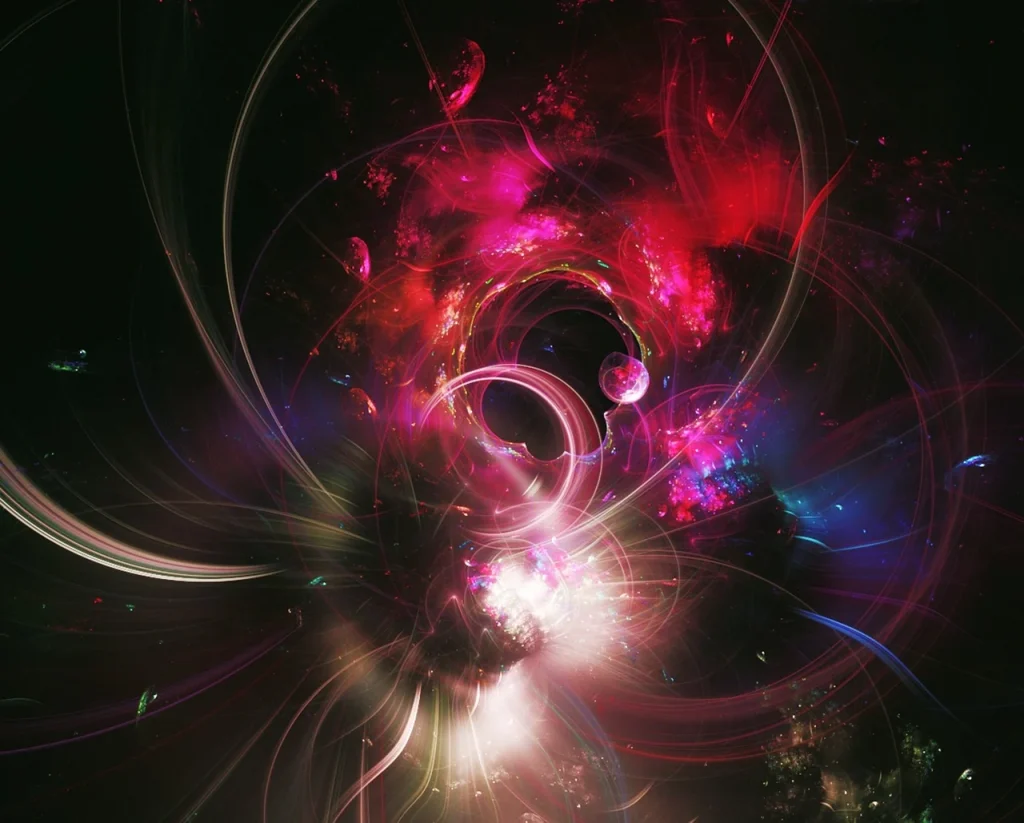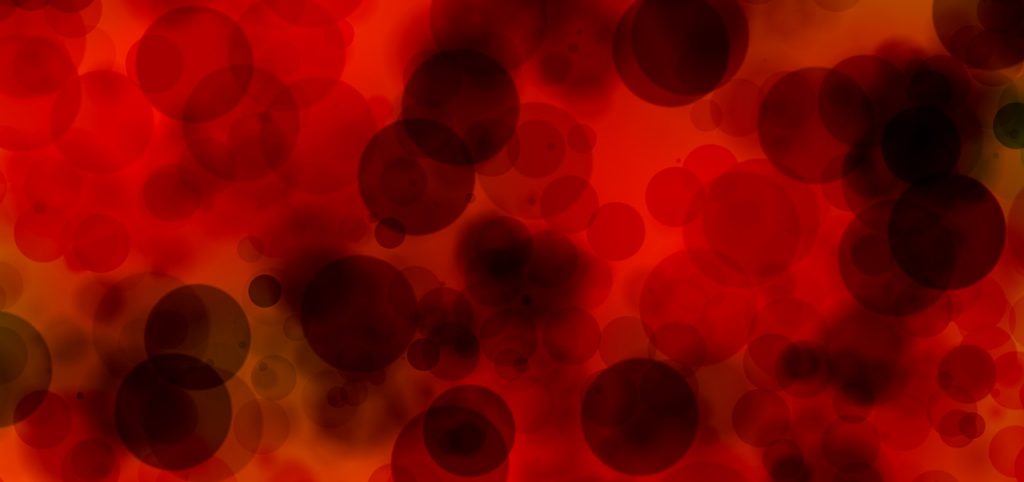At low baryon density and temperature, quarks and gluons are confined inside bound states (protons, neutrons, pions, …) and cannot exist as individual states. Lattice Quantum Chromodynamics predicts a deconfinement transition at high temperature or baryon density, that liberates the quarks and gluons to form a state called “quark gluon plasma ». During the expansion of the early universe, this transition did not leave any visible imprints accessible to astronomical observations. Experiments to recreate the conditions for this transition are realized
(LHC at CERN, RHIC at BNL) by colliding large atomic nuclei at relativistic energies. IPhT members are involved in studies of various aspects of the theory of these collisions.

The gluon density inside nucleons and nuclei increases with energy, but this growth saturates due to gluon recombinations above a certain critical density called the gluon saturation scale. This phenomenon plays a crucial role in the theoretical description of the early stages of a high-energy nucleus-nucleus collision. Gluon saturation has also been studied in its own right, in order to improve the formalism with higher order corrections and to determine good observables that may reveal experimentally its main features.

The matter produced in a collision is initially far from equilibrium. Equilibration in such a system involves a competition between the scatterings that reshuffle the momenta, and the longitudinal expansion that reduces the longitudinal momenta. Several aspects of this question have been studied: the isotropization in momentum space, the onset of hydrodynamical flow, and the dynamics of heavy quarks embedded in the quark-gluon
plasma.

In QCD, an important class of observables is based on jets, i.e., collimated sprays of particles whose definition is immune to collinear and infrared divergences. How these jets are modified when they traverse a dense medium such as the quark-gluon plasma is an area of intense research, as these modifications are potentially good candidates to extract information about the traversed medium. In parallel, studies have been devoted to various aspects of jets in vacuum (jet algorithms, partons showers and event generators beyond leading order,
jet substructure).
Membres
Permanents
François Gelis
Edmond Iancu
Jean-Yves Ollitrault
Gregory Soyez
Émérites
Jean-Paul Blaizot


